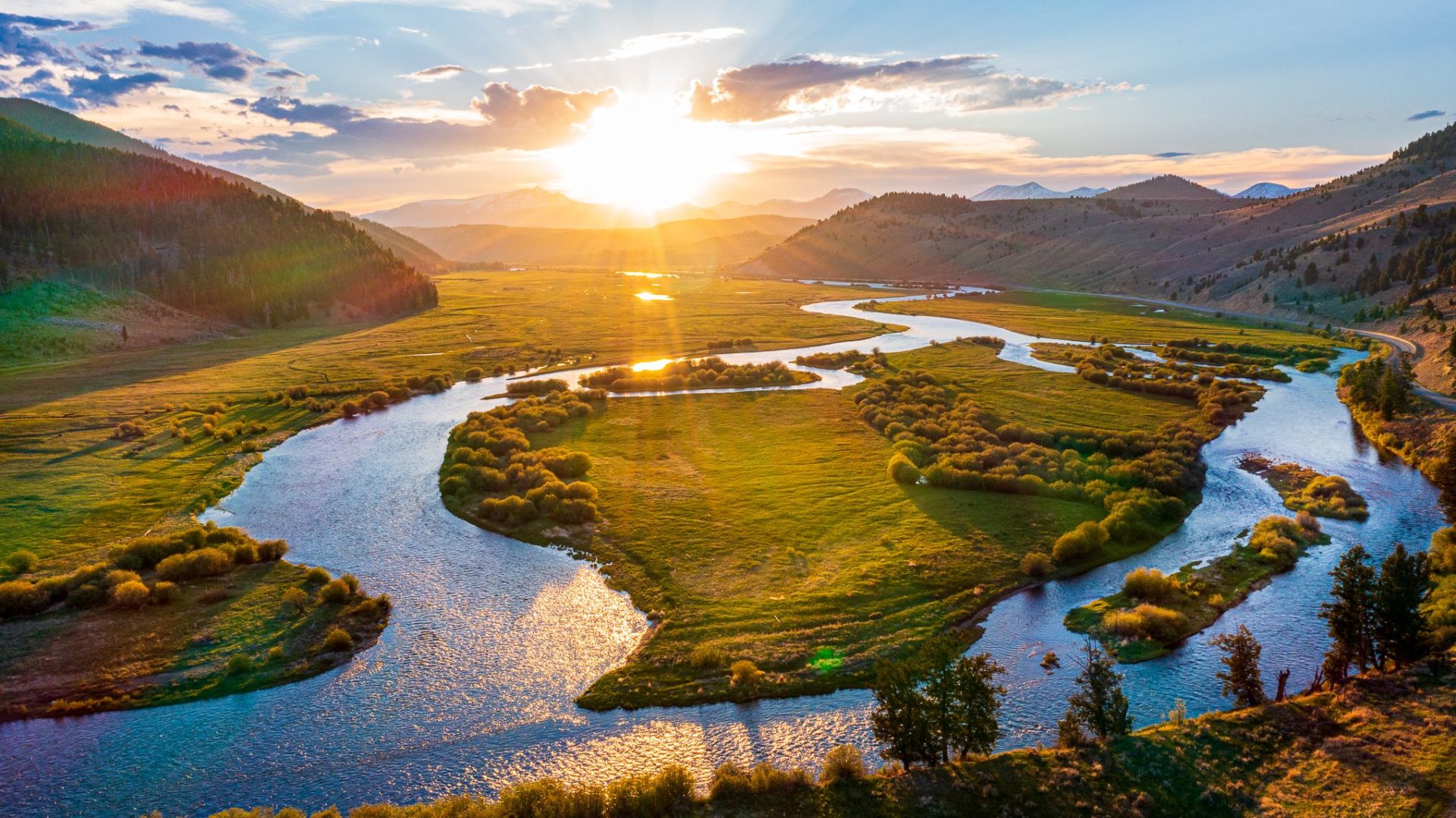[eye_row data_width=”container”][eye_column data_width=”0-12-0″][eye_text]
The new R.L. Winston BIIIX is a rod that every angler must have in their arsenal. The BIIIX has replaced the number 1 best selling rod from Winston the BIIX. After fishing the BIIIX I must say it has the feel of the BIIX but has a little more power in the mid section. I have been able to fish this rod on the Big Hole River in the 9ft. 5weight and found it to have excellent accuracy for long casting situations with large chernobyl’s and also the ability to throw small dries in technical short distance situations. We have just received our first order of the BIIIX. These rods have the classic Winston Boron design, with a little more power, which makes it a well rounded fast action rod. You can check them out on the R.L. Winston website.
[/eye_text][/eye_column][/eye_row]

